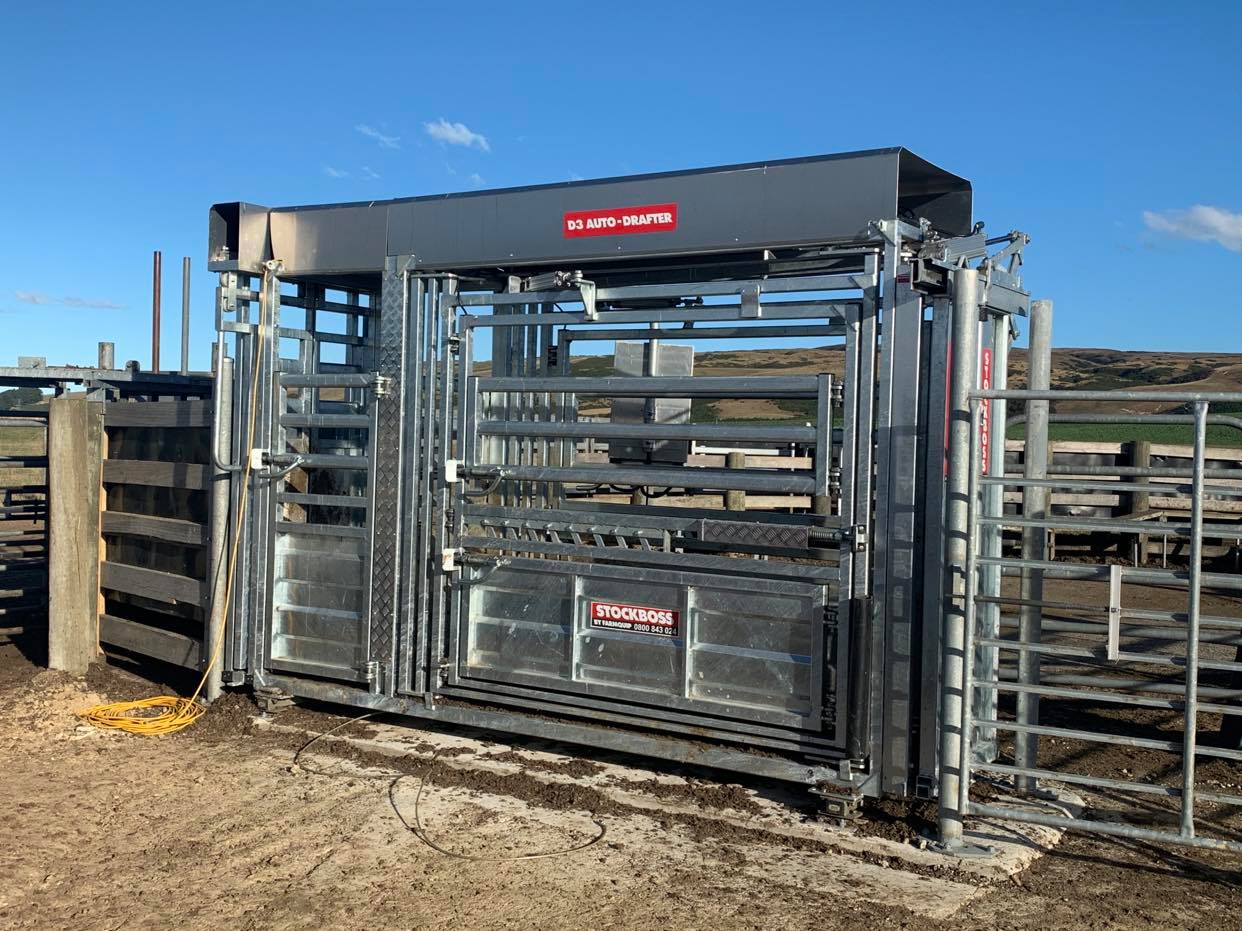Safe cattle handling using a crush
Safe cattle handling using a crush is essential for any cattle farming operation. Primarily, using the right kind of crush ensures the safety of cattle handlers and livestock. But there are additional benefits from having a good quality crush, including speed of handling. Fast, low-stress handling increases efficiency, which for any farming operation has benefits on the bottom line. Let’s look at the key features you’ll need to look for when choosing to invest in a new cattle crush.
Effective restraint
Cattle are powerful animals, and when they get stressed, there is a chance of injury to both the animal and the operator. A good crush should effectively restrain the animal with the least stress possible to allow safe handling. A crush has different features to allow this.
The head bail
The head bail contains the animal’s head while it’s in the crush. They should be adjustable to suit each animal that passes through the crush. The purpose of the head bail is to prevent the animal from lowering or raising its head. A well-designed head bail reduces stress by keeping cattle focused on the exit and allowing them to see light. They believe they are escaping, not walking into a wall. The head bail should also be able to easily and safely withstand the force of animals hitting them.
Robust gates and latches
Cattle often hit the crush at force. The gates and latches need to be strong enough to counter that force repeatedly while in use. They should capture and hold the animal until the operator is ready to release them back into the herd. If a gate or latch fails, it poses a significant safety risk for operators that regularly results in serious injuries.
Anti-backing bar
Some cattle crushes include an anti-backing bar to prevent the animal from reversing out of the crush. Like the gates and latches, it needs to be strong and secure and not pop open if the animal puts pressure on it.
Parallel squeeze chute
A parallel squeeze chute has sides that move, either manually or with hydraulics, to safely restrain the animal in the crush. It prevents smaller animals from turning around and helps to keep them calm while the operators administer treatments and care. Holding the animal in place effectively reduces the risk of harm to the animal or operator while it is in the crush.
Regardless of operator experience, squeeze chutes keep the animal calm and fully restrained during procedures like vaccinations and hoof trimming. When you’re handling animals safely and efficiently, it reduces labour and equipment costs, which saves time and money.
Noise
Cattle are sensitive to noise and easily get stressed in loud, hectic environments. A calm environment promotes easier handling and processing through the crush. Crushes can be fitted with features to reduce mechanical noise while in operation, such as noise-suppressing flooring and nylon brushes on gates and latches.
Access to the animal
An efficient crush should give operators easy access to all parts of the animal for weighing, care and treatment. Side gates allow operators to access the top of the animal for drenching and vaccinations. Neck access gates allow operators to give injections without having to confront the animal through the head bail. Vets need access into the rear of the crush without having the risk of getting kicked.
Safety
Safety for operators and animals is essential. A well-designed crush should have no protrusions, points, or sharp edges that could injure the animal. They should be easy to operate with one hand, so operators can hold equipment with the other. Non-slip flooring reduces noises and the risk of slips or falls. And the safe and easy release of the animal ensures it can get back to the herd without incident.
Quality design and manufacturing
A cattle crush is a significant investment. You want it to last for many years with minimal maintenance. Hot dip galvanising is the best treatment for steel to protect it from rust. Crushes have many moving parts and get hit with force, and you’ll want the peace of mind that your crush will continue to perform without issues. Finally, you’ll want a crush that’s easy to clean so it’s ready for use again.
View our range of cattle crushes. They’re made in New Zealand for New Zealand conditions.

